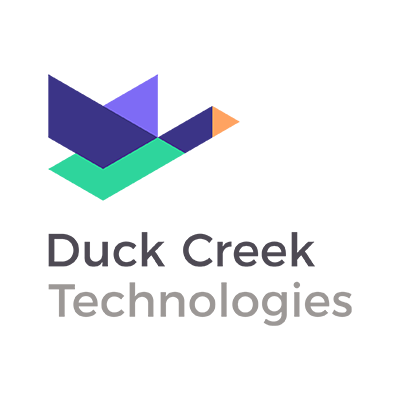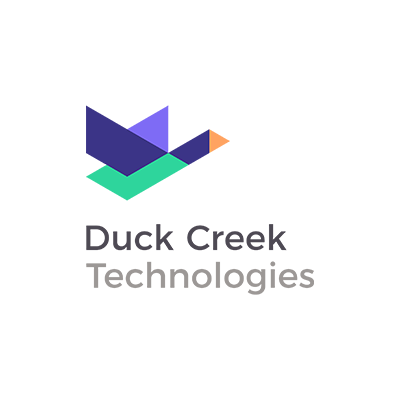Having a robust understanding of the client is critical to profitable underwriting programmes for large enterprise insurance, and Duck Creek Technologies shines the light on how the best providers are harnessing the data in their systems and streamlining product development in a complex world
In the competitive market of insurance solutions for large enterprises, speed is key. After all, in order to effectively compete with what’s on offer for large companies, an insurer must not only offer digitally distributed products and services across disciplines ranging from corporate motor fleets to property insurance, but follow through with the same seamless digital claims access and experience across corporate programmes.
Leading insurers are now engaging with advanced data analytics solutions, including artificial intelligence technologies, to gain powerful insights into the policies they place on behalf of their large enterprise clients. But we often find that, once they have this data at their fingertips, many insurers ask us about the product factory concept and how it fits with their strategy.
How can they introduce groundbreaking new products faster than before, on the back of the smarter, data-driven decisions they are making at the underwriting level?
The step-change that the product factory concept offers to insurers is the opportunity to establish a set of base products which are used as the foundation for product variations in order to tailor coverage for specific market needs.
Achieving seamless product tailoring combined with regulatory compliance globally and locally: with the product factory approach, insurers gain the ability to define and maintain a robust inheritance model that supports the reuse of common elements and definitions across products.
Product inheritance is the ability to define an item, for example at a country level, that can then be used across lines of business and even coverages. By defining the item at that country level, any changes made to that item are automatically inherited by the line of business and coverage level unless the definition is overridden to break inheritance.
Another distinct advantage is lower operating costs; by grouping products by commonality in order to market them more efficiently, insurers have been able to dramatically cut costs and delivery times – in one instance by 75%.
All this means that the data and insights that insurers are gaining about their clients across their portfolios can be extracted and harnessed as efficiently as possible when it comes to writing and renewing policies, particularly at large, enterprise-level insurance programmes.
Because we stay in touch with customers to understand how they use our products, we discover opportunities for improvement and spot wider trends in the industry as a whole. Many insurers are already embracing a migration to cloud technology for their core architecture in recognition of the multiple benefits on offer, in particular the ability to quickly and efficiently launch enhanced, market-relevant products.
For us, it is about empowering insurers to reimagine the future of insurance as a smarter, faster, and more efficient place that provides the best protection for people and businesses.
For further reading, download our Outcome Brief – Building a Product Factory.





